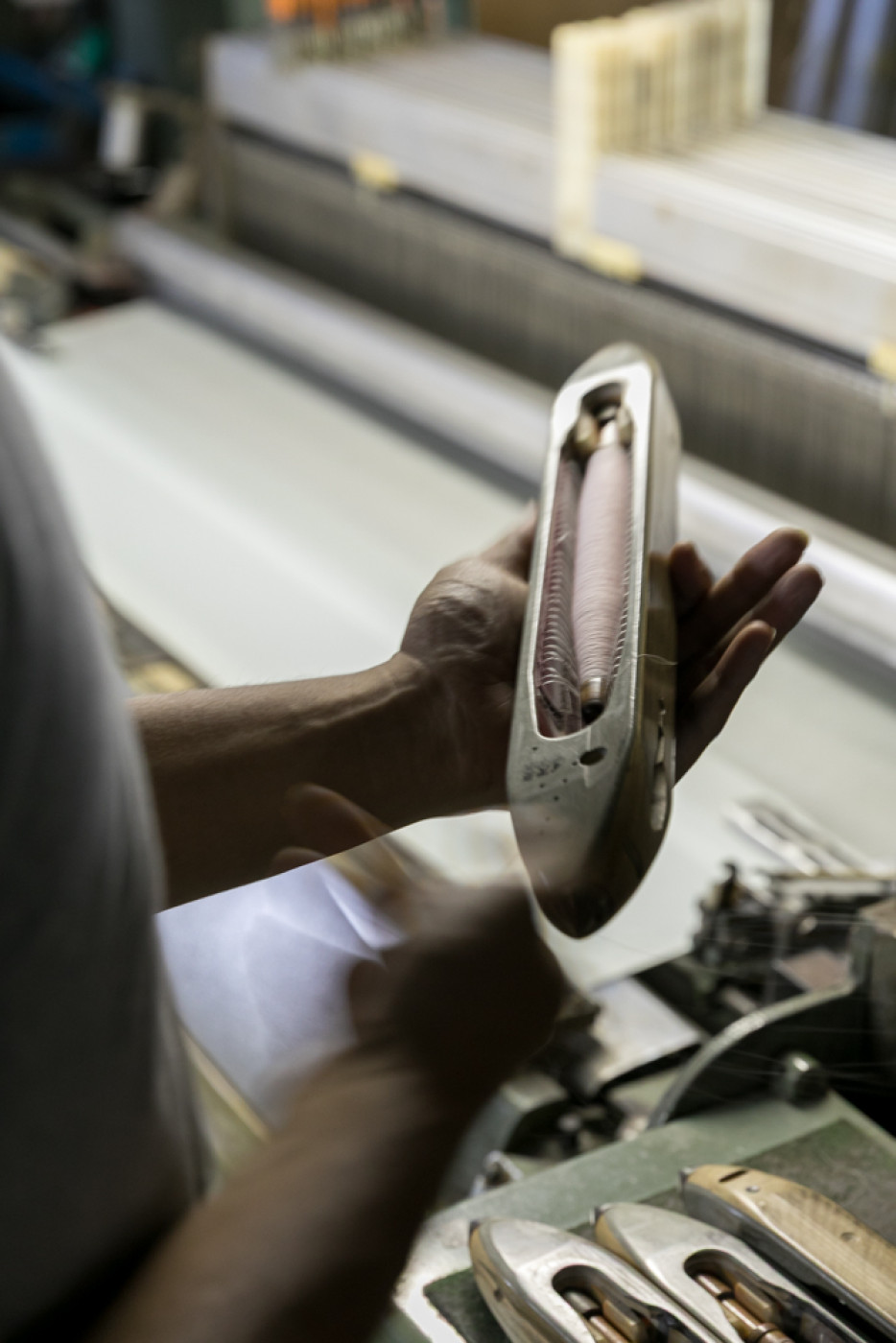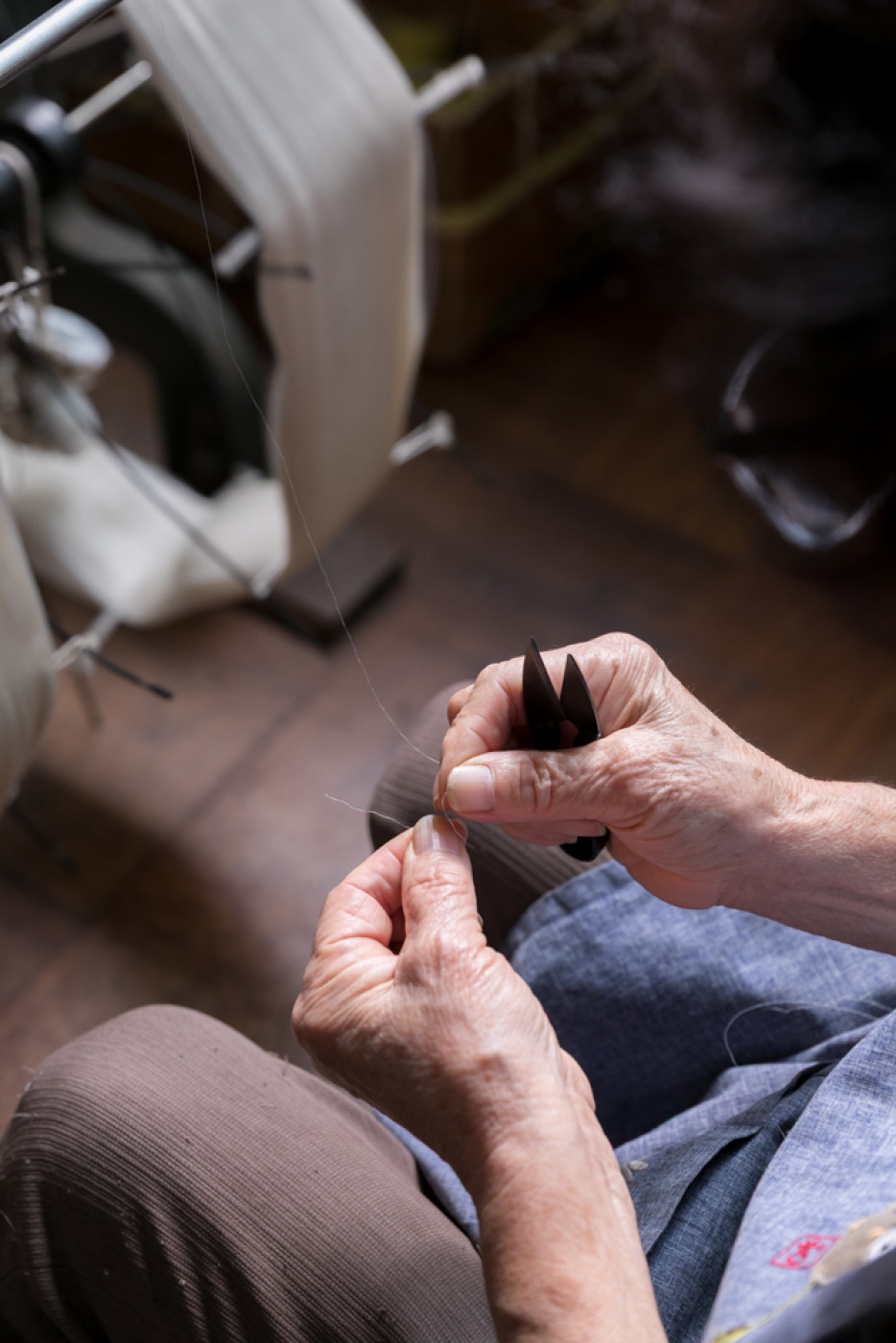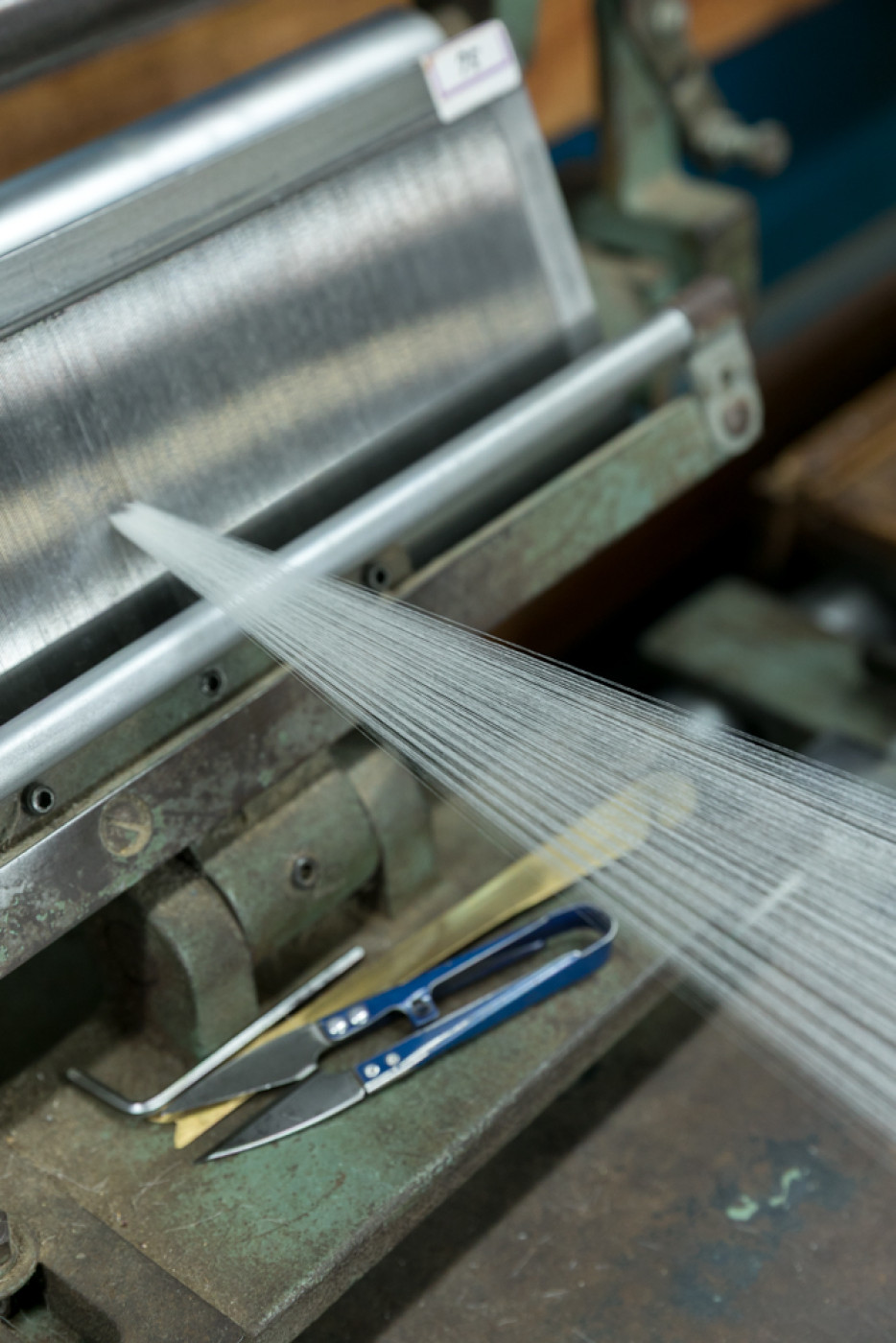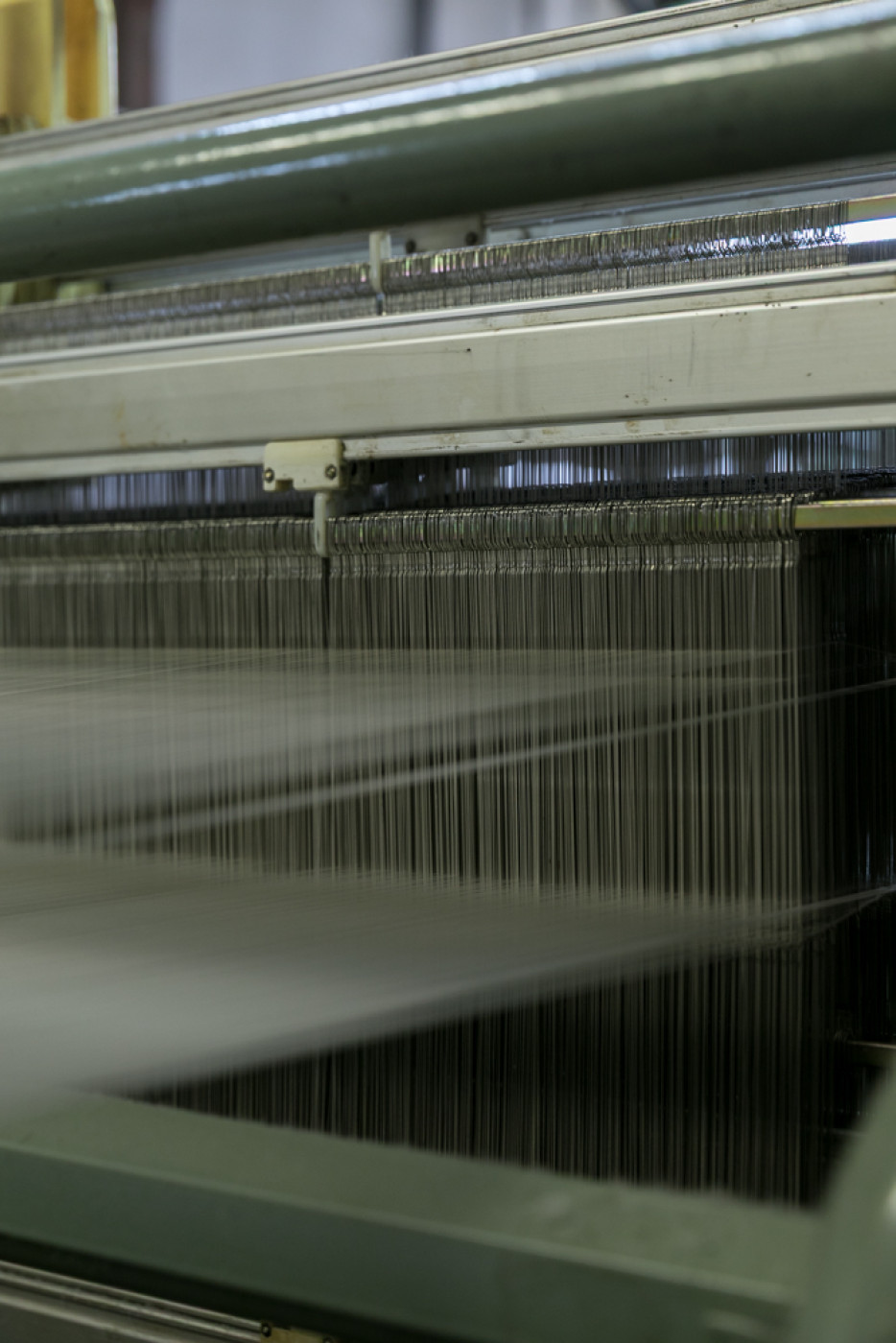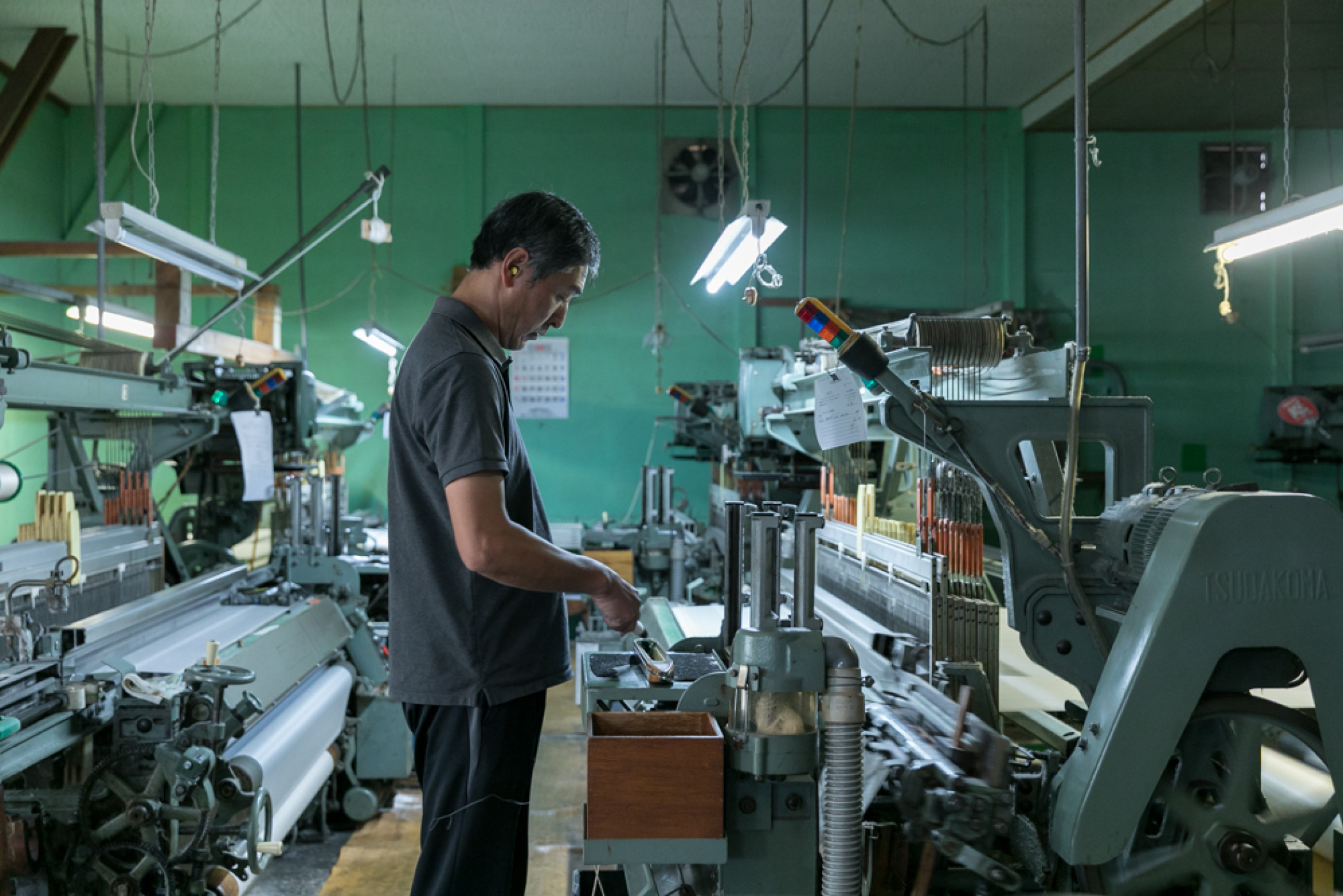
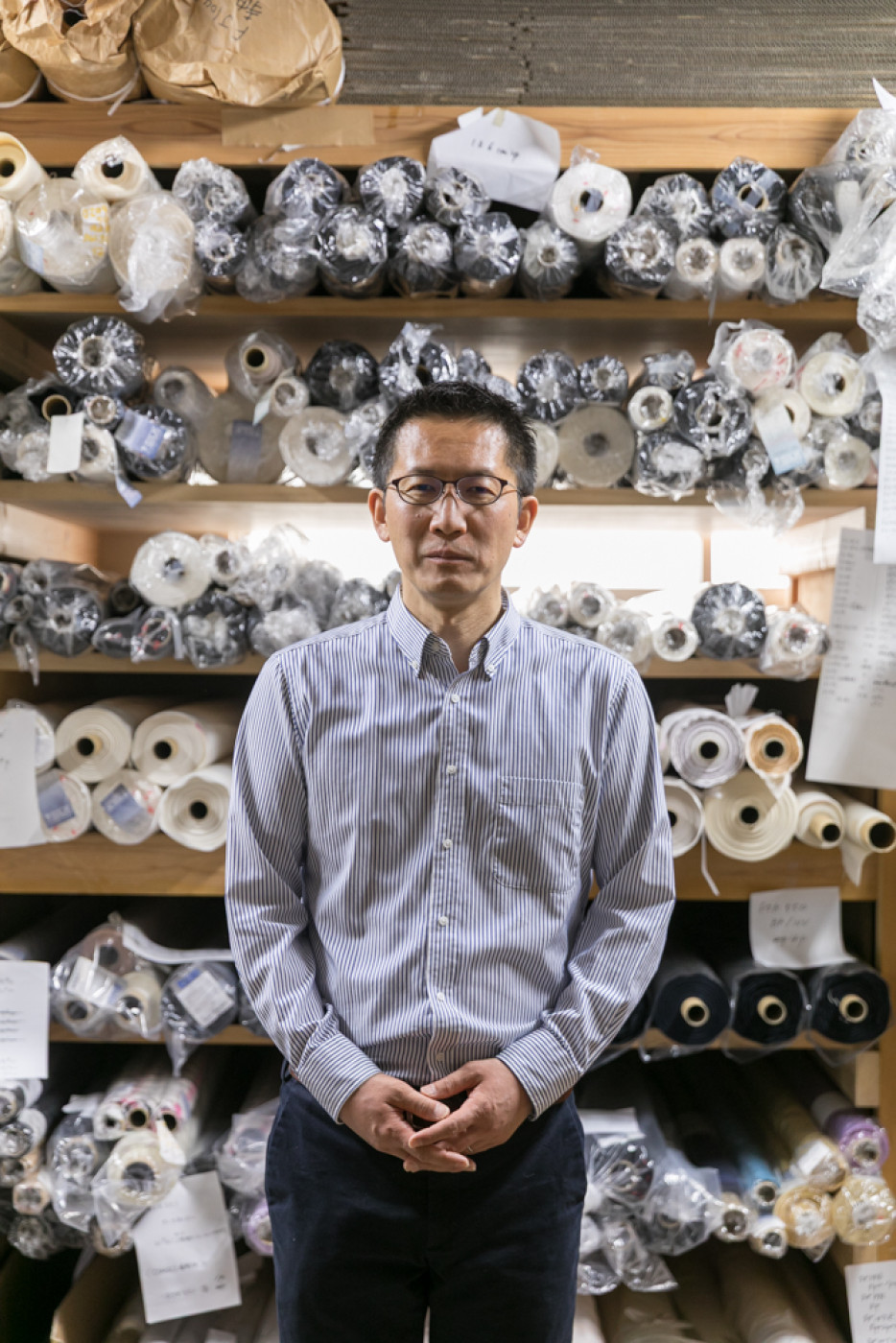
FUJIMOTO CORPORATION Weaves Japanese Silk History and the Finest in the World
From automobiles and electronics to clothing and textiles, Japan has long been recognized globally for its high level of technical expertise and meticulous attention to detail, cultivated over a rich history. As a result, Japanese products are widely regarded as high-quality and highly durable.
In the fashion industry, Japanese denim—crafted with the nation’s characteristic precision and traditional techniques—is known as some of the finest in the world. However, even before denim, there is a fabric that has long captivated the attention of luxury brands, silk.
The exact origins of silk in Japan remain unclear, but silk textiles have been excavated from Yayoi period (300 BC) archaeological sites—long before the establishment of the Silk Road. By the Nara period (from 710 AD), silk products had become a staple material for the clothing of aristocrats, eventually evolving into the traditional Japanese garment known as the kimono.
Exquisite silk textiles, such as Nishijin-ori, which were once reserved for high-ranking samurai and select members of the nobility, gradually became more accessible over time. As the silk industry spread among the general population, it underwent unique regional developments and saw rapid technical advancement.
By around 1900, Japan had become the world’s largest exporter of raw silk. However, with the decline in the number of skilled artisans and the rise of synthetic fibers, the sericulture and silk production industries began to decline.
Today, Japan’s silk industry is said to have shrunk to just about 10% of its peak size, but despite this, luxury brands that focus on high-end products continue to place great trust in the quality of Japanese silk.
The company that supplies custom-made silk textiles for the haute couture collections of Dior, Balenciaga, and Givenchy is FUJIMOTO CORPORATION, located in Komatsu City, Ishikawa Prefecture. Originally established in 1913 as a silk textile kimono linings manufacturer, the company flourished in the 1980s by producing silk scarf materials and began venturing into women’s fashion in the 2000s.
It was Yosuke Fujimoto, the fourth-generation president, who led the company’s expansion into the international market. “After gradually starting to collaborate with domestic brands, we participated in Tissu Premier, a trade show in Lille, France. But at the time, it didn’t lead to any direct business deals,” he recalls.
Still, they continued to push forward. With the help of a Japanese coordinator based in Paris, they managed to secure appointments with several fashion houses. “The first person to appreciate our silk was a textile buyer working at Balenciaga at the time,” says Fujimoto. “Raf Simons also liked our textiles and collaborated with us during his time at Jil Sander and Dior. We’ve had a long-standing relationship with Givenchy as well, providing silk fabrics for their haute couture, which are made-to-order pieces for top-tier clients, and even recreating textiles for archival looks.”
About 80% of silk products in the European textile market come from Como, Italy, the largest silk-producing region in Europe. So why has there been demand for silk made by FUJIMOTO CORPORATION, a Japanese manufacturer located far away in Japan?
“The greatest strength of our products lies in their smooth texture,” says company president Yosuke Fujimoto. The raw silk threads they use are Brazilian-made, considered the highest quality in the world and also used by Hermès. Moreover, they utilize old-style fly shuttle looms, which most modern silk manufacturers no longer use, to weave silk with high density.
“By weaving slowly and carefully with vintage fly shuttle looms, we’re able to achieve a soft, classic elegance, along with a dense, firm texture and excellent durability,” explains Fujimoto. The refining and dyeing processes are carried out at a dyeing workshop in Nishijin, Kyoto, where skilled artisans bring out uniquely deep and vivid colors that can’t be replicated elsewhere. A distinctive trait of FUJIMOTO CORPORATION’s textiles is the lack of decorative motifs. The focus is entirely on texture and color. Its beauty can’t truly be appreciated unless seen and touched in person. That’s why Fujimoto himself travels to Paris each season to personally deliver samples to fashion houses.
“When we first began trading overseas, I remember being asked at Balenciaga, ‘Show us your new collection,’” he recalls. “As a manufacturer, we hadn’t initially considered creating new textiles each season. But fashion evolves at an incredible pace, so we had to become sensitive to trends in order to provide the fabrics and colors brands were looking for.” By combining basic materials with various processing techniques, they continue to innovate and develop new materials. With over 100 base fabric types, ranging from lightweight fabrics with 10,000 warp threads to heavyweight fabrics with 70,000, their continuous development capability is another reason why FUJIMOTO CORPORATION remains a trusted partner for fashion brands leading global trends.
The world’s most exquisite silk—crafted through a process infused with the delicate sensibilities and subtle refinement unique to Japanese artisanship—may very well owe its existence to the land where it was born. In fact, it might not have been possible anywhere else. FUJIMOTO CORPORATION, which has operated from the same headquarters since its founding, is based in a town whose name, Ito, literally means “thread” in Japanese—an apt symbol for its deep historical connection to silk.
Once a bustling hub for silk wholesalers, Ito City is located on the Sea of Japan coast, where the humid climate, abundant meltwater from sacred Mount Hakusan (one of Japan’s three sacred mountains, along with Mount Fuji and Mount Tate), and year-round precipitation create the ideal conditions for silk production, lending the fabric a uniquely lush and vibrant texture.
“This area isn’t well-suited for agriculture due to the long winters,” explains Yosuke Fujimoto, “and that’s exactly why cottage industries flourished here. The people of Ishikawa are known for being diligent, skilled with their hands, and meticulous in their work—a reflection of the local character.”
This spirit can also be felt at landmarks in Komatsu City, such as Houshi Ryokan, a hot spring inn founded in 718 AD with over 1,300 years of history, and Koke-no-Sato, one of Japan’s most famous moss gardens. Both places exude a refined sensitivity that mirrors the area’s legacy.
Building on this innate sense of beauty, FUJIMOTO CORPORATION continues the tradition of silk weaving once offered as tribute to emperors and shoguns. Their vintage fly shuttle looms continue to run tirelessly even today, weaving history into the fabric of the future.
Photo: Toru Kometani
Courtesy: Fujimoto Corporation
Text: Elie Inoue


